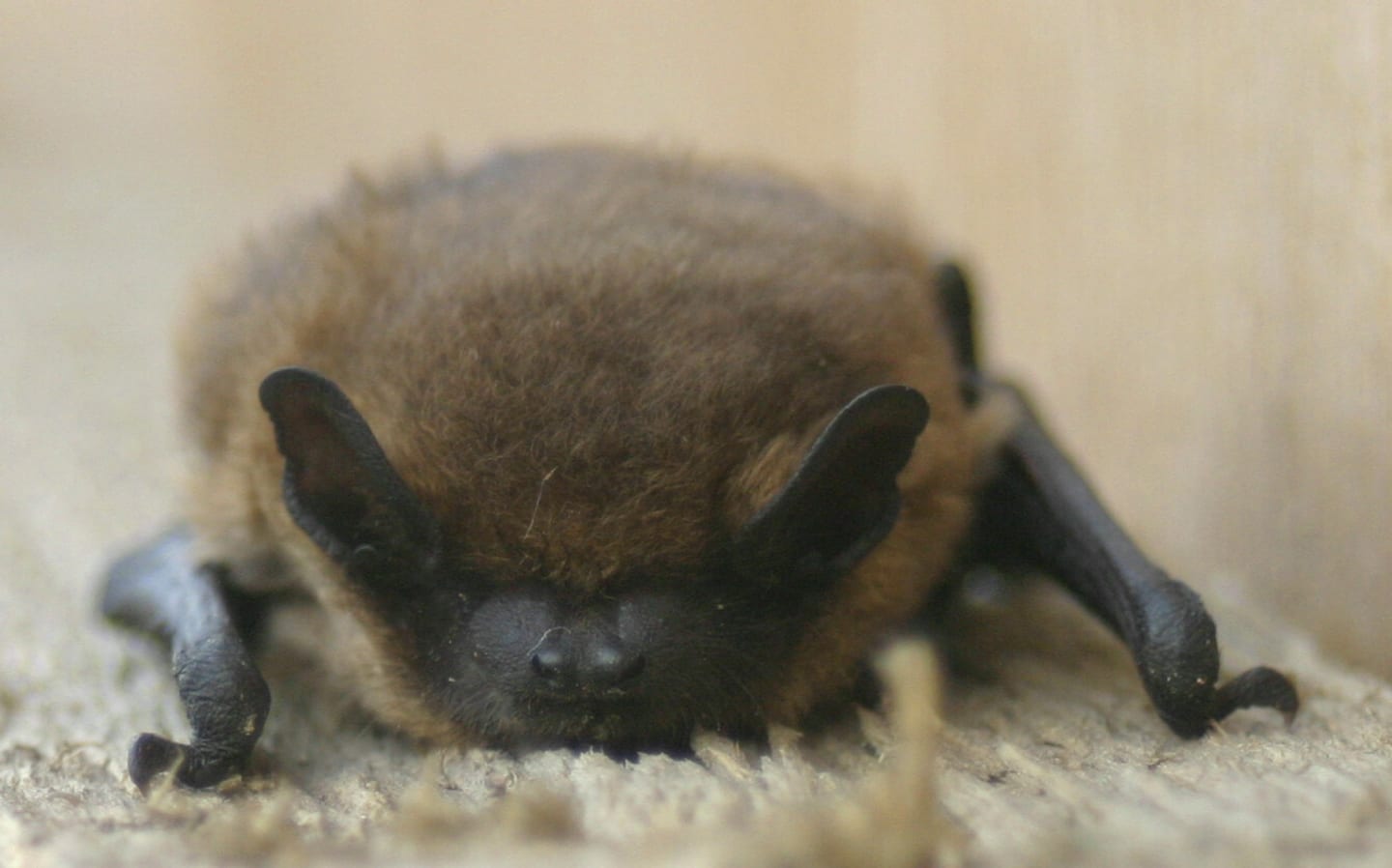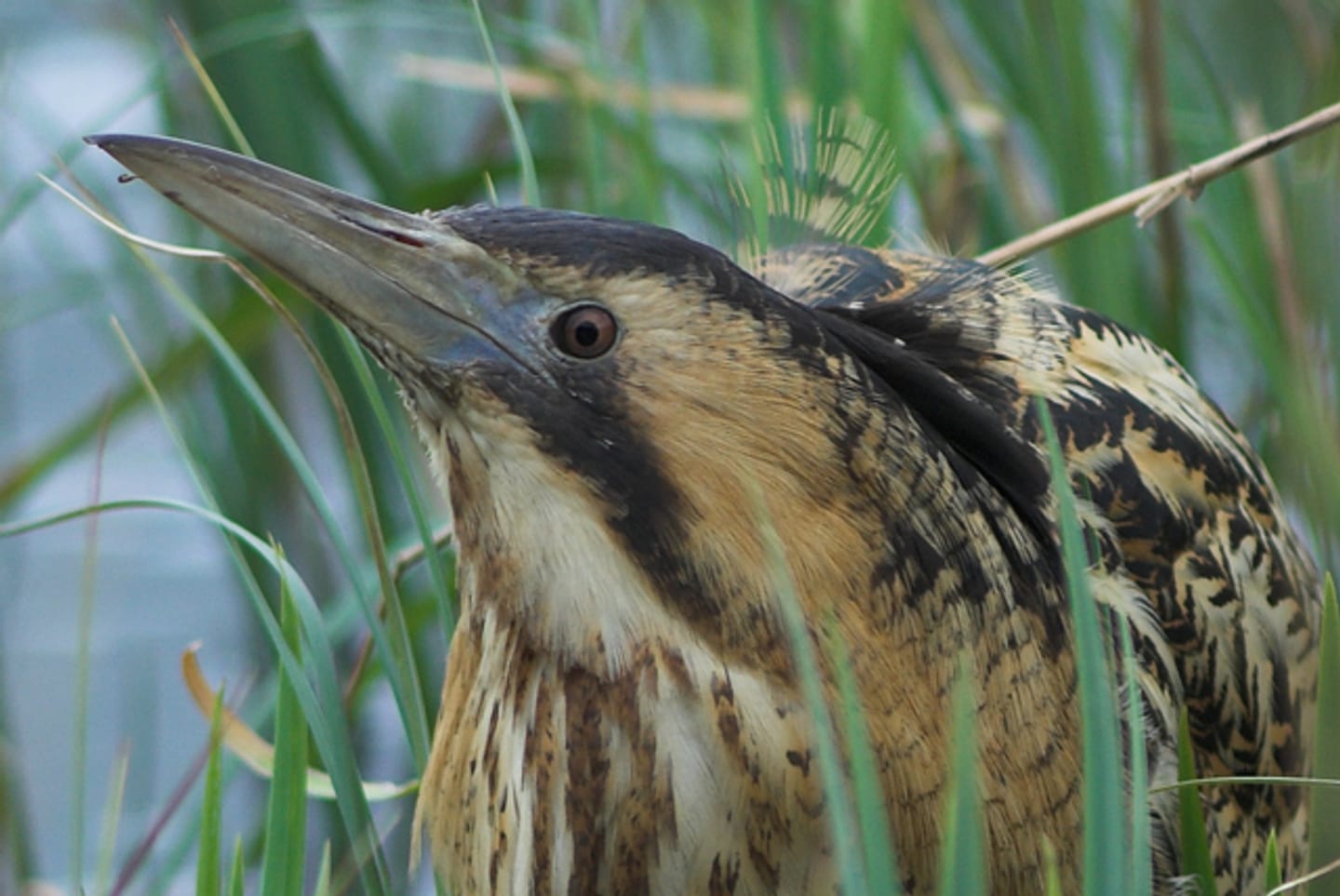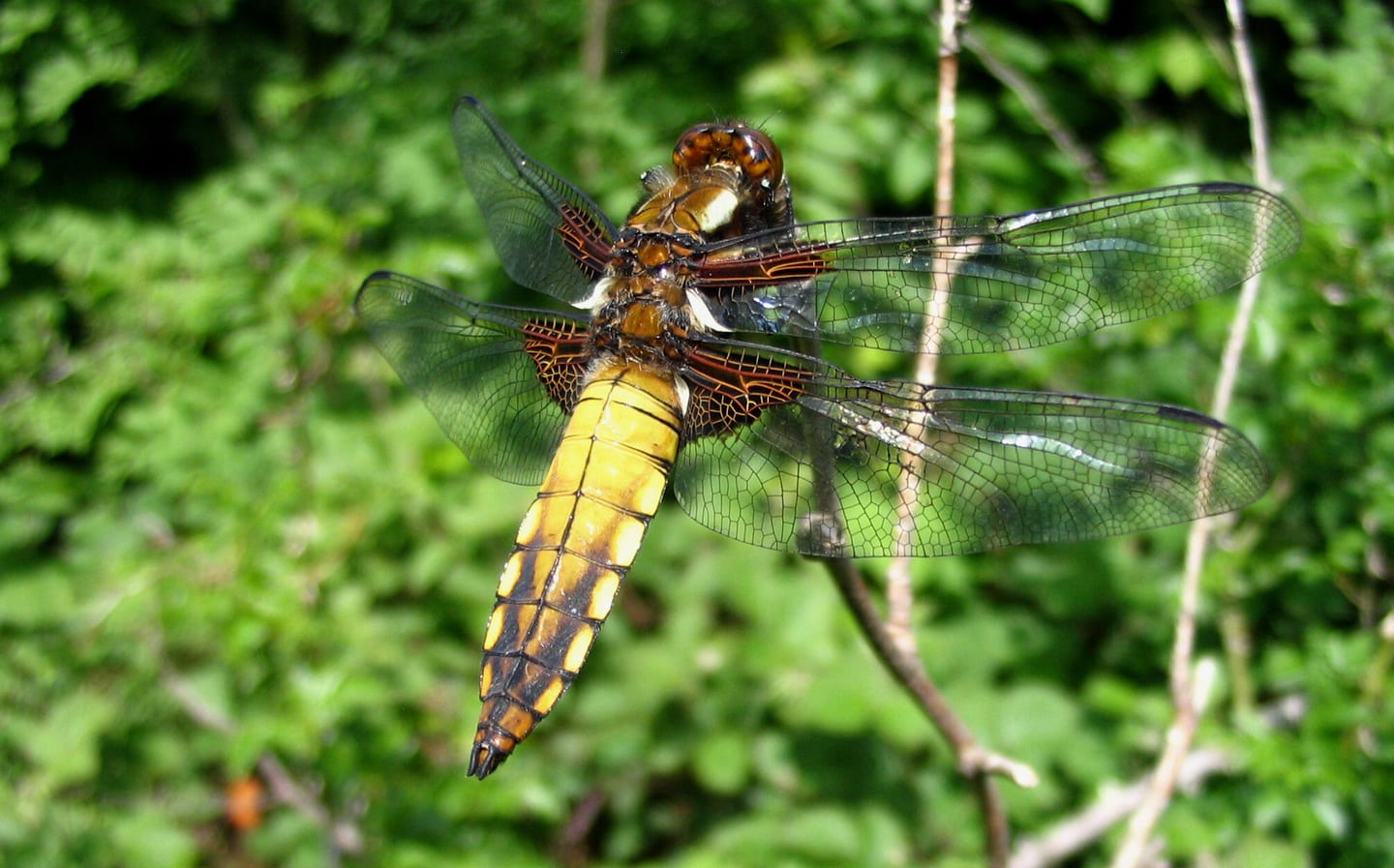The National Landscape is home to an amazing diversity of species, many of which are uncommon in a national or international context but thrive within the unique mosaic of habitats.
The numbers and diversity of butterflies are particularly impressive with 34 species, including the High Brown Fritillary, Pearl-bordered Fritillary, Duke of Burgundy, White-letter Hairstreak and Northern Brown Argus.
Notable breeding birds include several reedbed specialists such as Bittern, Marsh Harrier and Bearded Tit. Others such as Marsh Tit are found throughout the limestone and wet woodlands. Internationally significant numbers of Oystercatcher can be found on high tide roosts on the coast each autumn and the intertidal flats are an important feeding station for long distance migrant wading birds such as Black-tailed Godwit, Knot and Dunlin.

Mammals
The National Landscape is home to a range of mammals, from the impressive fallow deer of Dallam Estate to tiny pipistrelle bats.
Watch out for:
- roe deer
- red deer
- fallow deer
- brown hares
- rabbits
- foxes
- european otters
- badgers
- weasels
- stoats
- various species of bat: Alcanthoe's, Brandt's, brown long-eared, common, soprano and nathusius pipistrelle, Daubenton's, Leisler's, Natterer's, Noctule and Whiskered.
- house and wood mice
- common, pygmy and water shrews
- bank and field voles
- moles
Hazel dormouse
In June 2021 the hazel dormouse (Muscardinus avellanarius) was released into an undisclosed location in the Arnside & Silverdale National Landscape. This reintroduction was a collaborative effort, with organisations such as the People’s Trust for Endangered Species, the Back on Our Map Project and Natural England working with dedicated local volunteers. The dormice were bred by the Common Dormouse Captive Breeders Group, including the Wildwood Trust, and were health checked and quarantined at ZSL (Zoological Society of London).

Birds
Morecambe Bay is one of the finest bird watching areas in the UK and the place to see a host of waders such as Oystercatcher, Curlew and Black-tailed Godwit. Visit RSPB Leighton Moss to see Bearded Tit, Bittern and Avocet. Then look out for Woodcock, Green Woodpecker, Marsh Tit and Kingfisher as you enjoy a walk through the woodlands or by the rivers of the National Landscape.
Bird Highlights:
- The ‘booming’ Bittern. Bitterns are shy, secretive birds and it is their loud, booming mating call in spring which annouces their presence in the reedbeds
- Marsh Harriers displaying above the reedbeds. They are amazing to watch as they pass food to each other in flight.
- Huge flocks of Starlings – called ‘murmurations’ – wheeling in the sky before pouring into the reedbeds to roost.

Insects
Butterflies
The Morecambe Bay limestone hills are the most important area for butterflies in northern England. The coastal climate, abundance of limestone pavement and grassland, the varied woodland all conspire to make this an area rich in wildlife. 34 butterfly species have been recorded here, with Arnside Knott, Warton Crag and Gait Barrows all being great places to see them.
The National Landscape Partnership and Butterfly Conservation are working hard locally on habitat management to enhance and extend the special areas on which our butterflies depend.
Highlights
- High Brown Fritillary
- Duke of Burgundy
- White-letter Hairstreak
For a useful guide which has lots of images and information to help you with identification, the BCCIC produce a guide to the butterflies of the area.
Website: http://www.butterfly-conservation.org
Dragonflies
For a limestone area the relatively good number of water features – ponds, meres, mosses and dykes – meaning the National Landscape is a great place for damsel and dragonflies.
The best places to see these colourful creatures are around Hawes Water, Leighton Moss, Trowbarrow and Hale Moss.
Highlights:
Damselflies
- Azure Damselfly
- Large Red Damselfly
- Emerald Damselfly
- Common Blue Damselfly
- Blue-tailed Damselfly
Dragonflies
- Common Hawker
- Southern Hawker
- Brown Hawker
- Migrant Hawker
- Emperor
- Golden-ringed
- Broad-bodied Chaser
- Four-spot Chaser
- Black-tailed Skimmer
- Black Darter
- Red-veined Darter
- Common Darter
- Ruddy Darter

